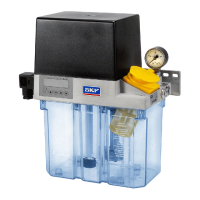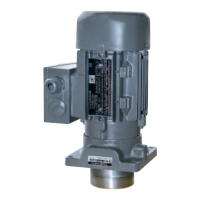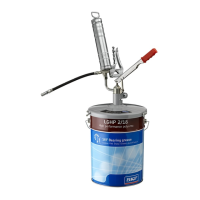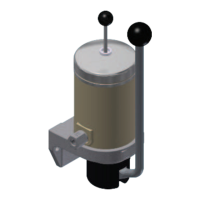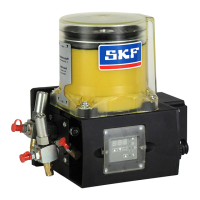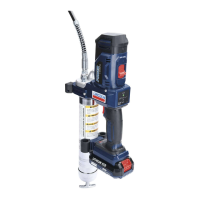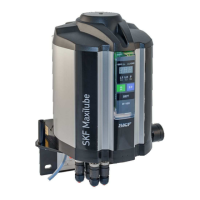27
Choosing the lubricant
Traditionally, equipment or bearing manufacturers recommend a lubricant based on manual
lubrication. Characteristics of manual lubrication are large amounts of lubricant and long
intervals between lubrications. This means that in addition to the lubricating quality, another
requirement for the lubricant is durability at the lubrication point.
Characteristics of centralised lubrication are small amounts of lubricant and short intervals
between lubrications with each lubrication point fed separately. In this case, choose the lu-
bricant according to the basic oil viscosity, additives and thickening agent recommended by
the manufacturer while ensuring that the lubricant can be pumped at the operating tem-
perature and that its pressure tolerance is adequate.
A lubricant fed with short intervals also removes impurities very efficiently from the lubrica-
tion point. New lubricant displaces the used grease and the moisture, dirt and wear remains
it has collected.
A lubricant is composed of basic oil, thickening agent and additives. The basic oil, forming
the majority of the composition of a lubricant, determines the properties of the lubricant.
The basic oil together with the thickening agent determines the rheological properties of the
lubricant. (Rheology = a science dealing with the deformation and flow of matter.) The vis-
cosity of the basic oil is a temperature-dependent magnitude that indicates the fluidness of
liquid: the smaller the viscosity value, the more fluid the basic oil is.
By choosing the correct lubricant and lubrication system settings, you can also prevent
semi-fluid lubricant from running out from the lubrication point. For Safematic HEAVY lu-
brication systems, we recommend grade NLGI 00 - 1 lubricants in summer and grade NLGI
00 - 0 lubricants in winter. For Safematic TWINHEAVY systems, we recommend max. grade
NLGI 2 lubricants in summer and max. grade NLGI 1 lubricants in winter.
When choosing a lubricant, you should pay attention to the viscosity of the basic oil and the
high quality of the lubricant in addition to the NLGI classification.
Note Check the lubricant requirements from the manufacturer of the vehicle and
the properties of the lubricant from the lubricant manufacturer. Note that in
addition to the application, also operating temperature, rotation speed and
operating environment are relevant factors in choosing the lubricant. For
more information on pumping of different lubricants, contact Oy SKF Ab.
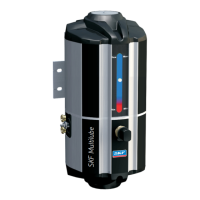
